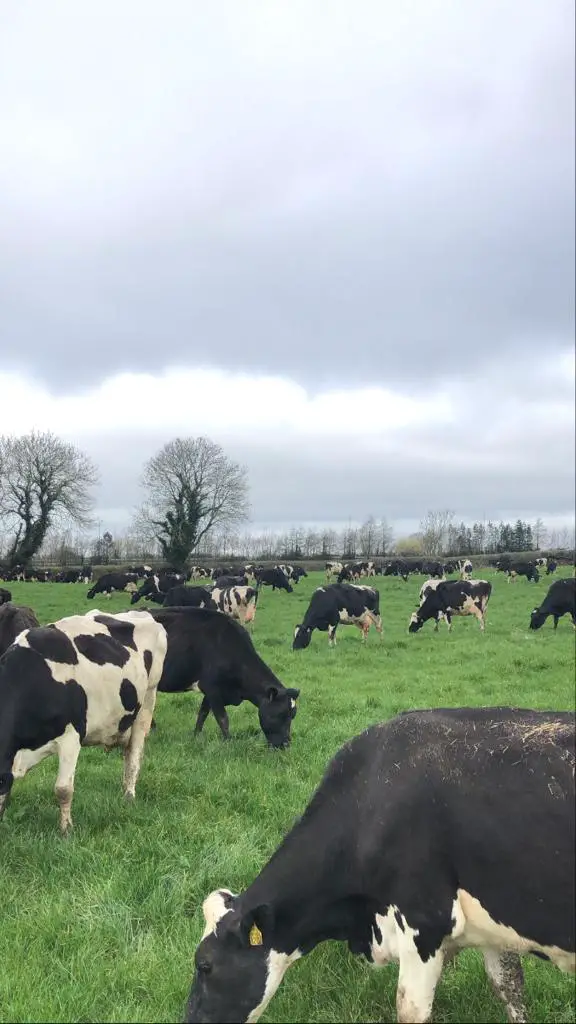Farming columnist Joe Melody believes farmers need to show due diligence for any agri-environmental scheme that may arise in the near future.
Talk of a new agri-environmental scheme are making news of late. The murmurings are that it will pay farmers an average of €4,500 or a top payment of €6,900. This should be music to our ears but in some cases there is an opportunity cost with these schemes i.e. in managing the land designated to the scheme in a more flexible way. There is also much bureaucracy attached so farmers ought to do their due diligence on whatever scheme arises.
I often feel that although these schemes are well intentioned at their best, at their worst they are green washing box ticking exercises by government. If a farmer is sacrificing their time and resources they ought to be remunerated for it as it is all amounting to a social good in encouraging a healthy environment for not just our flora and fauna but all of us who inhabit this island.
Environmental stewardship schemes don’t just affect the farmer financially. In these strained times for small businesses, it is worth remembering that farmers nationally spend €4bn on farm inputs within a 35km radius of the farm while the farm household is spending a further €4bn on living expenses which goes to local towns and villages. Farmers seem to have a similar mantra to a former Finance minister Charlie McCreevy who said “when I have it, I’ll spend it” speaking of his attitude to budgetary spending. This is exactly what our SMEs will want coming out of this shutdown of business, economic stimulus. What better way than channelling that money through our most reliable spenders.
However farmers must be rewarded for his time and labours for these environmental stewardship type schemes. It always strikes me that in many cases farming is a white collar profession that pays a blue collar salary. In the past there have been REPs schemes that have made a tangible difference to the aesthetic of the nations farms and farmyards by planting trees and hedgerows as well as supporting farmers in painting old sheds and hay barns. These were good schemes that were replaced by various different iterations right up to GLAS today of which we are participants in on our own farm.
Back in Bunratty the focus is all on grass now, we measured the farm’s cover of grass during the week and there is 620kg of dry matter of grass per hectare on the first paddock we grazed in late January and early February. We need these paddocks to have at least 1,100kg dm/ha on them before we can commence our second round of grazing, so we will continue to monitor the grass supply situation carefully going into April.
April is a make or break month as if it goes well, we will hopefully have went a long way to setting up our cows well for the coming breeding season, hopefully we will also have set up the farm well to grow plenty of high quality grass to keep the cows on a rising plane of nutrition going into breeding season. It is simple in theory but like most things in life, it is about doing the ordinary things in an extraordinary way.















